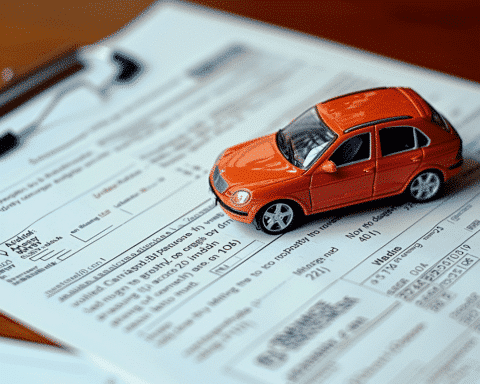When it comes to safeguarding your vehicle, understanding your insurance options is crucial. In addition to mandatory liability insurance, there are four types of car insurance coverage that can provide valuable protection for drivers.
1. Collision Coverage: A Safety Net for Your Vehicle
Collision coverage is essential for protecting your vehicle in the event of an accident. This type of insurance covers damages to your car if you are at fault in a crash, are involved in a single-vehicle accident, or collide with an object such as a tree or fence.
Without collision coverage, drivers would have to pay out of pocket for repairs or replacement of their vehicle following an accident. This is particularly important for those with auto loans, as many lenders require collision coverage to protect their investment.
2. Comprehensive Coverage: Protection Beyond Collisions
Comprehensive coverage offers protection for damage to your vehicle that is not the result of a collision. This includes incidents such as hail damage, vandalism, theft, and fire. Much like collision coverage, comprehensive insurance is often required by lenders for the duration of an auto loan.
This coverage is a vital component of a well-rounded auto insurance policy, ensuring that drivers are protected against a range of potential risks.
3. Uninsured Motorist Coverage: Safeguarding Against Uninsured Drivers
In the event that you are involved in an accident with an uninsured driver, uninsured motorist coverage can be a financial lifeline.
This type of insurance covers the costs that the at-fault driver’s insurance would have covered had they been insured. With approximately 1 in 8 drivers lacking the required insurance coverage, uninsured motorist coverage is an essential safeguard against potential financial loss.
4. Gap Insurance: Closing the Financial Gap
For drivers with auto loans, the risk of negative equity is real. Negative equity occurs when the market value of a vehicle is less than the outstanding amount due on the auto loan. In the event that a car is stolen or totaled, the insurance payout may not cover the remaining balance on the loan, leaving the driver to make up the difference. Gap insurance provides protection in these situations, covering any remaining balance due after an insurance payout. While not required by law, gap insurance is sometimes required by lenders and is a wise investment for those who may owe more than their car is worth.
By understanding these four types of car insurance coverage, drivers can make informed decisions and protect themselves from potential financial loss. Taking the time to learn about your insurance options can be the key to peace of mind on the road.




